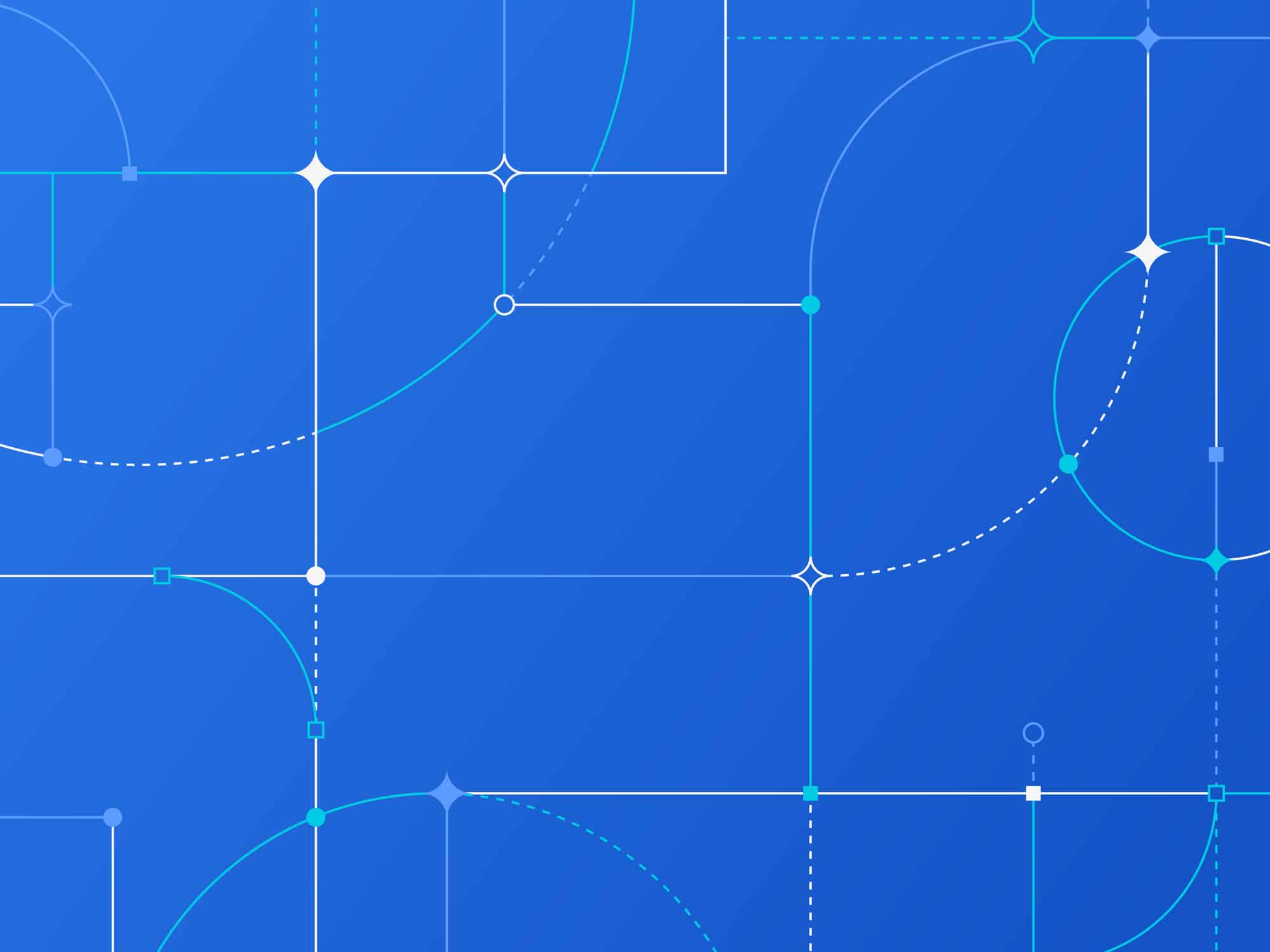What is Data Lineage

Data lineage refers to the process of tracing the origin, movement, and transformation of data as it flows across systems, applications, and pipelines. It captures the complete journey of a dataset from its source through any changes, merges, or transformations, and finally to its destination in reports, dashboards, or operational systems. The goal is to give users full visibility into how data was created, modified, and used, making it easier to trust and interpret.
This level of transparency is especially valuable in complex environments where data comes from many sources and passes through automated processes. Understanding lineage helps teams answer critical questions such as: Where did this data come from? Has it changed? Who has used it? What does it support? For organizations that depend on accurate, timely, and auditable data, lineage is a foundational capability.
Why it Matters
The meaning of data lineage goes beyond simple tracking. It is a key part of data governance and quality management, especially in systems that involve frequent transformations or regulatory oversight. Without lineage, teams may struggle to resolve data inconsistencies, prove compliance, or understand how changes to a data source might impact reports or models.
Organizations rely on data lineage to:
- Establish data transparency, improving trust and usability.
- Detect root causes of issues by tracing where data errors originated.
- Understand the impact before making changes to pipelines or schemas.
- Support compliance with regulations that require audit trails.
- Enable collaboration between business and technical teams.
Data lineage enables organizations to confidently manage data at scale, with clear context for how it flows and changes over time.
How it Works
Most data lineage is captured automatically by observing how data moves through integration tools, data pipelines, databases, and analytics systems. The output is often displayed visually using a lineage diagram or lineage map, which helps users follow data flow across systems.
Key elements typically include:
- Source systems, such as APIs, databases, or streaming platforms.
- Transformation logic, like SQL queries, joins, filters, or aggregations.
- Destination systems, including warehouses, dashboards, or operational tools.
- Timestamps, showing when each step occurred.
- Metadata, identifying schemas, formats, and system names.
Some platforms support automated data lineage, where lineage tracking is built into the integration or metadata tools. This helps reduce manual effort and keeps lineage up to date.
Different Types
Depending on the level of detail and purpose, organizations may use different forms of lineage tracking:
- Physical lineage: Tracks where data is stored and moved between systems.
- Logical lineage: Describes business rules and transformations applied to data.
- Column-level lineage: Shows how specific fields change through pipelines.
- End-to-end lineage: Provides full visibility from source to report.
- Cross-system lineage: Captures data flow across tools, platforms, or clouds.
Each type provides a different lens for understanding how data behaves in context.
Benefits
- Greater trust in analytics and reports.
- Faster issue resolution through visibility into upstream systems.
- Simplified change management with better impact analysis.
- Stronger data governance and audit-readiness.
- Enhanced data transparency across business units.
- Better use of data lineage tools to support quality, compliance, and reuse.
Lineage is not just technical documentation. It is a strategic enabler of reliable, responsible data use.
Actian and Data Lineage
Actian Data Intelligence Platform provides built-in lineage tracking across integrated data environments. It automatically maps data movement, transformations, and dependencies from source systems to reporting layers. Users can visualize this flow through interactive diagrams, explore metadata details, and link lineage insights to governance and quality metrics.
Actian supports both technical and business stakeholders by making data lineage accessible and understandable. When a field is changed or a dataset is updated, users can assess the impact across pipelines and reports, helping prevent errors and speed up resolution. The platform’s lineage features are tightly integrated with its metadata and governance tools, creating a complete, transparent picture of how data is used across the enterprise.
FAQ
The main purpose of data lineage is to help teams understand where data comes from, how it changes, and where it goes. It improves trust, supports audits, and provides essential context for working with data.
Lineage shows who touched the data, what transformations were applied, and where the data ended up. This transparency helps enforce policies, verify compliance, and assign accountability across the data lifecycle.
Data lineage tools automatically capture and visualize data flow through pipelines and systems. They may extract metadata, parse transformation logic, or integrate with cataloging platforms. The best tools support real-time updates and display lineage in a user-friendly diagram or map.
Data provenance focuses on the history of individual data values, while data lineage captures the broader flow of data across systems and processes. Both are important, but lineage offers a higher-level view.
Actian captures and displays data lineage through the data intelligence platform, connecting source systems, transformations, and destinations. It integrates lineage tracking with metadata and governance tools to support troubleshooting, compliance, and data trust across the organization.




